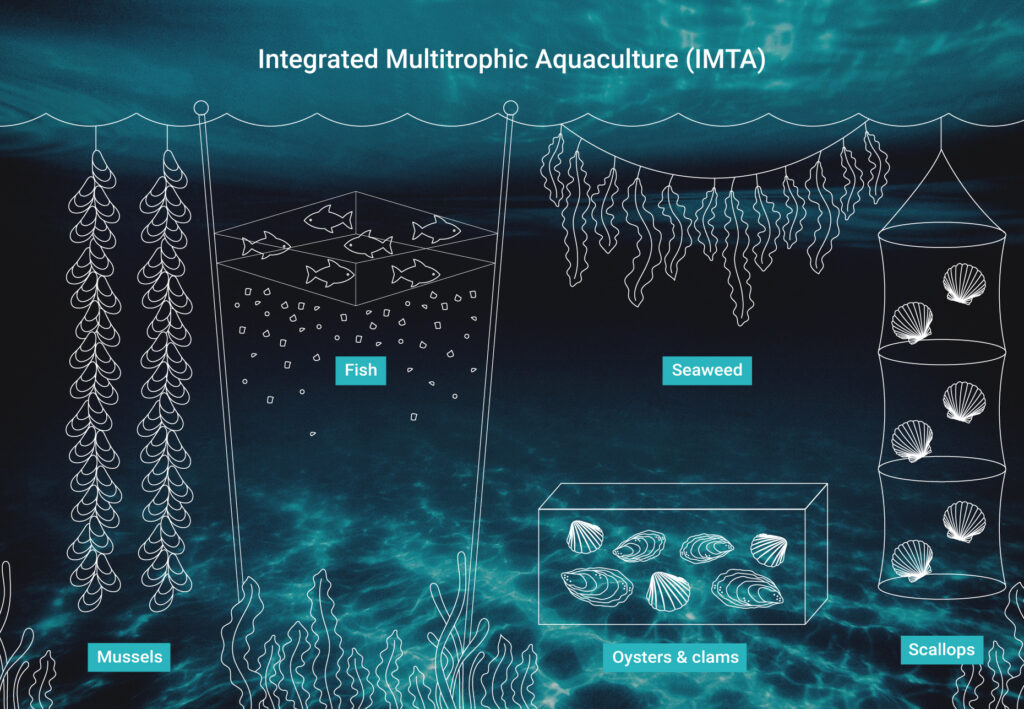This post explores cutting-edge practices in aquaculture that promote sustainability. It highlights examples of young entrepreneurs who are implementing eco-friendly techniques such as integrated multi-trophic aquaculture (IMTA), recirculating aquaculture systems (RAS), and organic fish farming. The article will also discuss
As the world faces growing challenges related to food security and environmental conservation, innovative aquaculture practices are emerging as vital solutions. Young entrepreneurs in the aquaculture sector are leading the way in implementing sustainable techniques that not only enhance productivity but also protect our planet.

One promising approach is Integrated Multi-Trophic Aquaculture (IMTA). This system combines different species in a single farming environment, allowing for a balanced ecosystem. For example, fish can be raised alongside shellfish and seaweed, which absorb waste produced by the fish, improving water quality and increasing overall yield. Young aquaculturists are adopting IMTA to create more resilient and sustainable farming operations.
Another exciting development is the use of Recirculating Aquaculture Systems (RAS). RAS technology allows for fish farming in a controlled environment, recycling water and minimizing waste. This method not only reduces the ecological footprint of aquaculture but also enables farmers to produce fish in areas where traditional farming is not feasible. Entrepreneurs are utilizing RAS to grow high-quality fish while conserving water resources.
Additionally, the rise of organic fish farming is gaining traction among young aquaculturists. By avoiding synthetic chemicals and focusing on natural feed, organic aquaculture promotes healthier ecosystems and fish. This method appeals to environmentally conscious consumers and offers a market advantage for those willing to invest in sustainable practices
TIn conclusion, innovative aquaculture practices are paving the way for a more sustainable future. By embracing techniques like IMTA, RAS, and organic farming, young professionals are not only enhancing their careers but also contributing to global environmental sustainability. As the industry evolves, these practices will play a crucial role in meeting the demands of a growing population while protecting our planet.

Leave a Reply